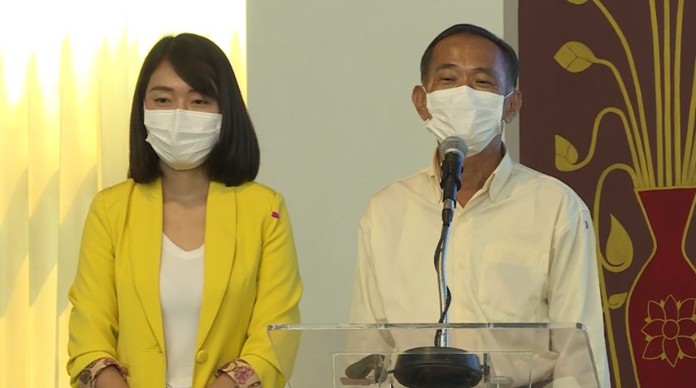Part
01
of one
Part
01
Liver Disease/HCC in Thailand
Liver Disease in Thailand
Healthcare Structure in Thailand:
Thailand's health service infrastructure consists of three components: government health services, non-profit health organizations and the private medical center.
Government funded healthcare runs public health services, government hospitals and medical services. The government spends more on healthcare than the private sector (about 75% of healthcare spending comes from the government) Government funded healthcare is free of charge to all Thai citizens (except on Saturdays), and non-Thai's are charged if they use the government health system. These fees may be lower than in a private hospital. Public health facilities are good, but tend to be crowded and may not be as good as in private hospitals.
Public hospitals are organized into 3 levels: primary hospitals which are community hospitals for primary healthcare, secondary hospitals for general healthcare, and a tertiary level where patients are referred for complicated diseases and specialized healthcare.
Universal healthcare in Thailand is also organized into various groups. The Civil Servance Medical Benefit Scheme which is for civil servant officers and close family that is reimbursed from the controller general's department, Social Security Scheme for Thai employees who registered to the National Social Security Fund and the Medical Welfare Scheme for all other Thai citizens.
Key government players in Thai Healthcare:
Ministry of Public Health
Health System Research Institute
Thai Helath Promotion Foundation
National Health Commission Office
Emergency Medical Institute of Thailand
Most doctors in Thailand are specialists, and work in various hospitals across one geographic location. There are many liver disease specialists, with both individual doctors and large groups practicing. Patients that are in the private healthcare system have a choice in their provider, while universal healthcare patients are assigned.
Liver diseases are fairly common in Thailand. I t appears as though the course of treatment is the same in Thailand as it is in other developed countries, although the mortality rate is quite high at 10% Physicians are available by appointment and after hours. Liver transplant is also an option for patients that are in need. The breakdown in payment for liver transplant is between 2016-2018 is split between the CSBS (48%)social insurance (10%) and self pay (27%) and other financial support (13%).
There appears to be a large medical tourism practice in Thailand, with applications offering liver transplants and other procedures with costs included online.
